
| Top Page | Research | Members | Publications | Archives | Contact Us | Japanese |
Our main research interest is in applied electromagnetic systems in lossy media such as seawater and simulated human body.
Research on Undersea Use of Radio Waves
- It is said that the ocean is the second space, but there are only a few applications that use radio waves. Nowadays, the use of radio waves in the ocean is expected to contribute to the development of marine resources. Since ocean radio experiments are costly, we propose a pseudo-scale model that enables laboratory experiments and contributes to accelerating the use of radio waves in the ocean.
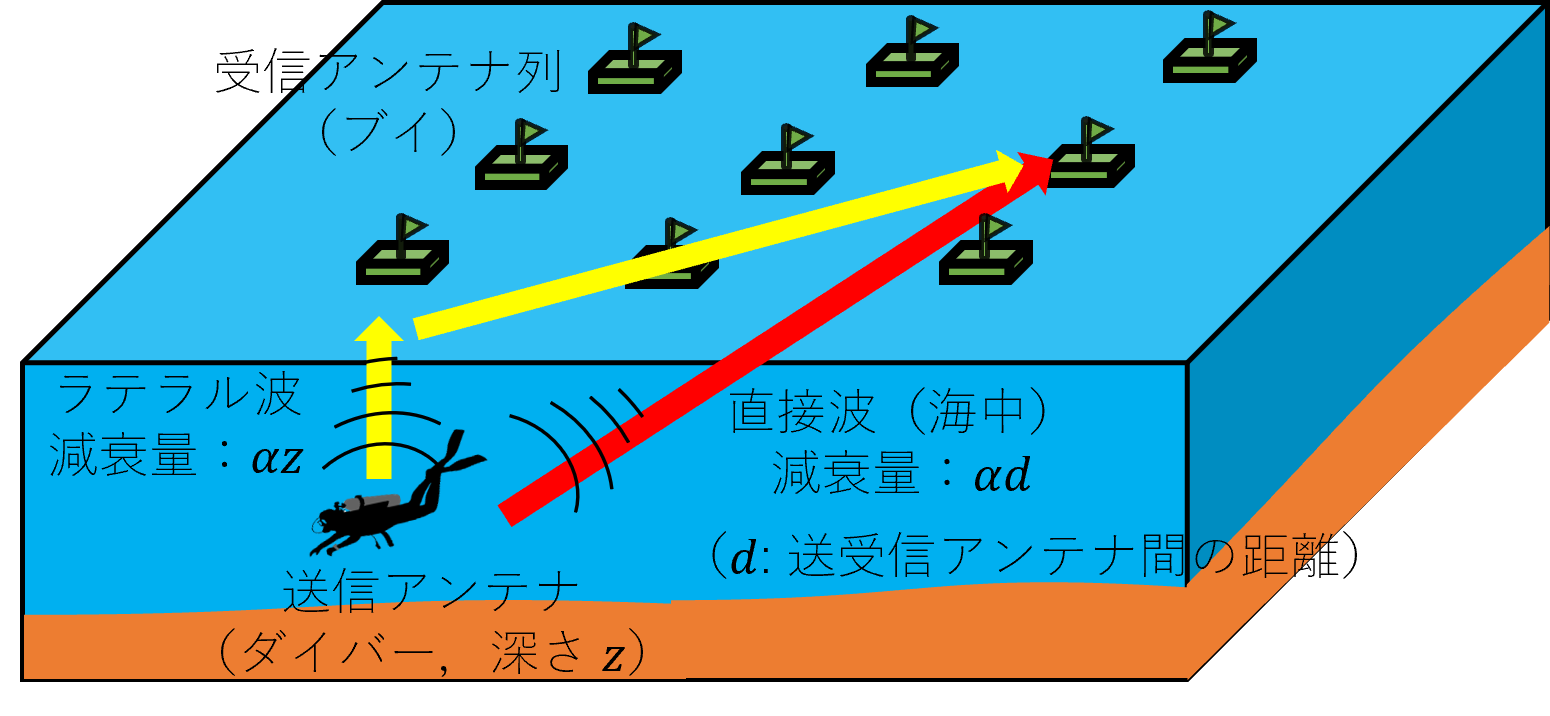
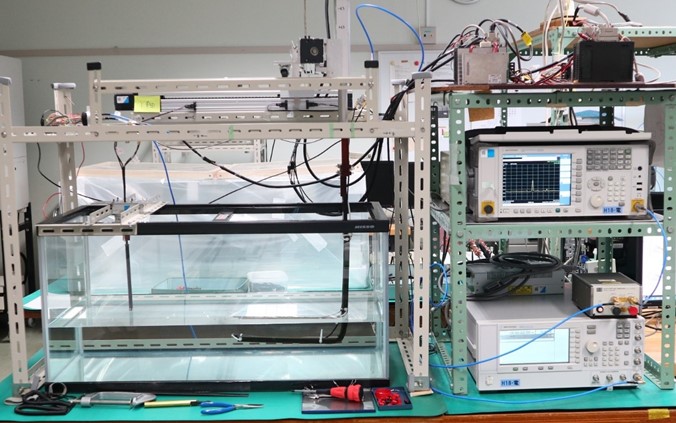
pseudo-scale model
Research on Methods for Evaluating the Effects of Radio Waves on the Human Body
- Specific Absorption Rate (SAR) is internationally defined as an index of biological effects of radio waves, and Ishii Laboratory has been conducting research on SAR evaluation techniques in collaboration with the National Institute of Information and Communications Technology (NICT) since 2004. Currently, we are studying calibration techniques for electric field probes for SAR measurement in order to extend SAR evaluation to frequencies from 6 GHz to 10 GHz.
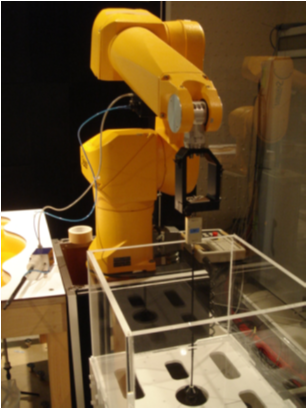
developed jointly with NICT

antenna for 5G/B5G SAR probe calibration
Human Motion Analysis Using RFID System
- RFID tags are tags with embedded ID information, and information about the tag can be exchanged via radio waves. Our goal is to classify human motions by irradiating RFID tags with weak radio waves and monitoring the received signal strength (RSSI) of the tags. Currently, we are attempting to classify simple movements such as raising and lowering arms and legs by incorporating methods such as time series analysis.
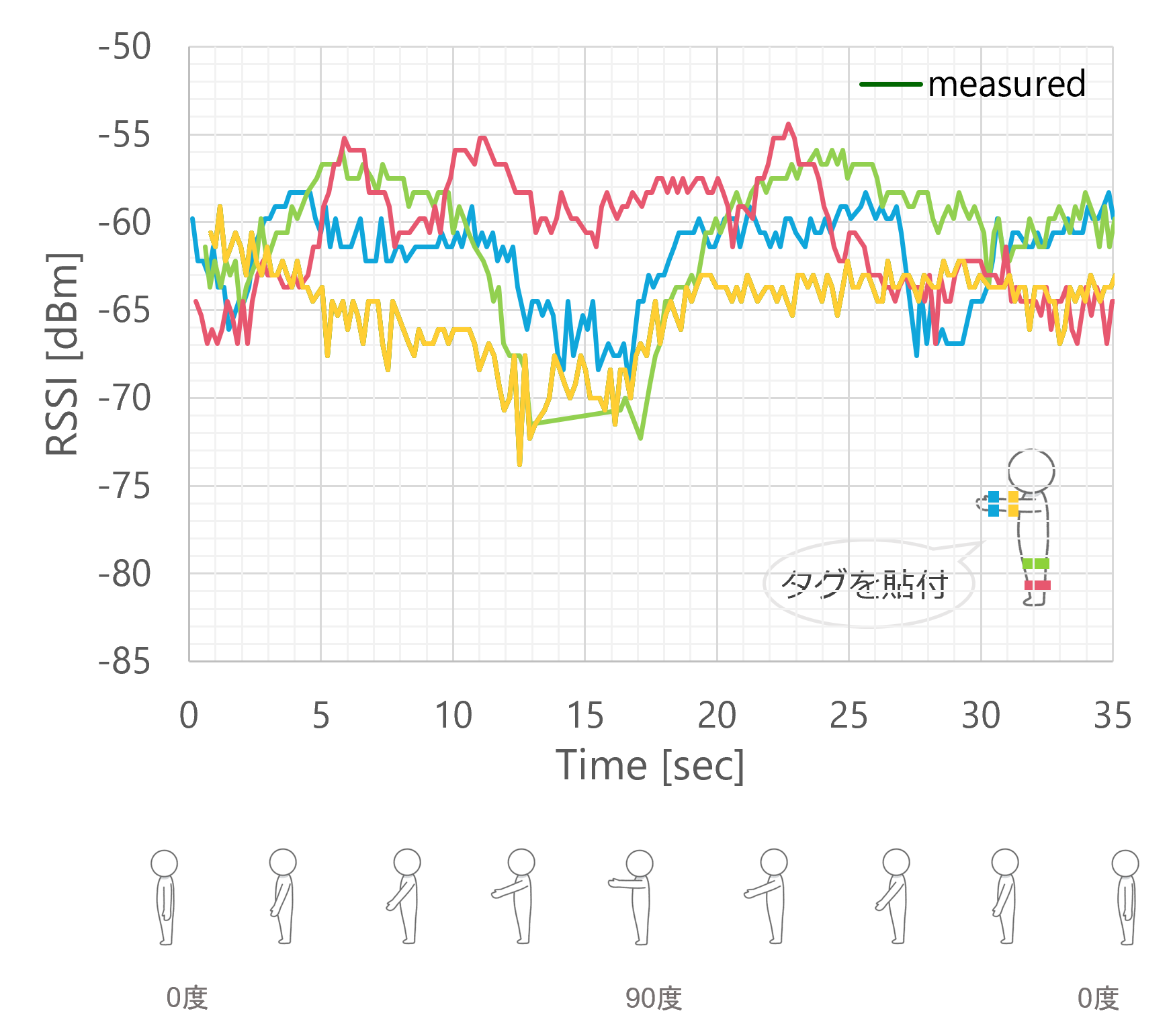
to upper and lower limb rotational motion
Research on a Simple Method for Measuring Small Antenna Efficiency
- When a small antenna is surrounded by a metal shield without gaps, only the radiated power from the small antenna is suppressed. The method for measuring the radiation efficiency of small antennas based on this fact is known as the Wheeler method. However, it is known that the metal shielding can cause some drops in the radiation efficiency at discrete frequencies, and we are currently investigating a method to avoid these drops by using a rational function fitting.

(Radiation suppression
when a metal cap is covered)
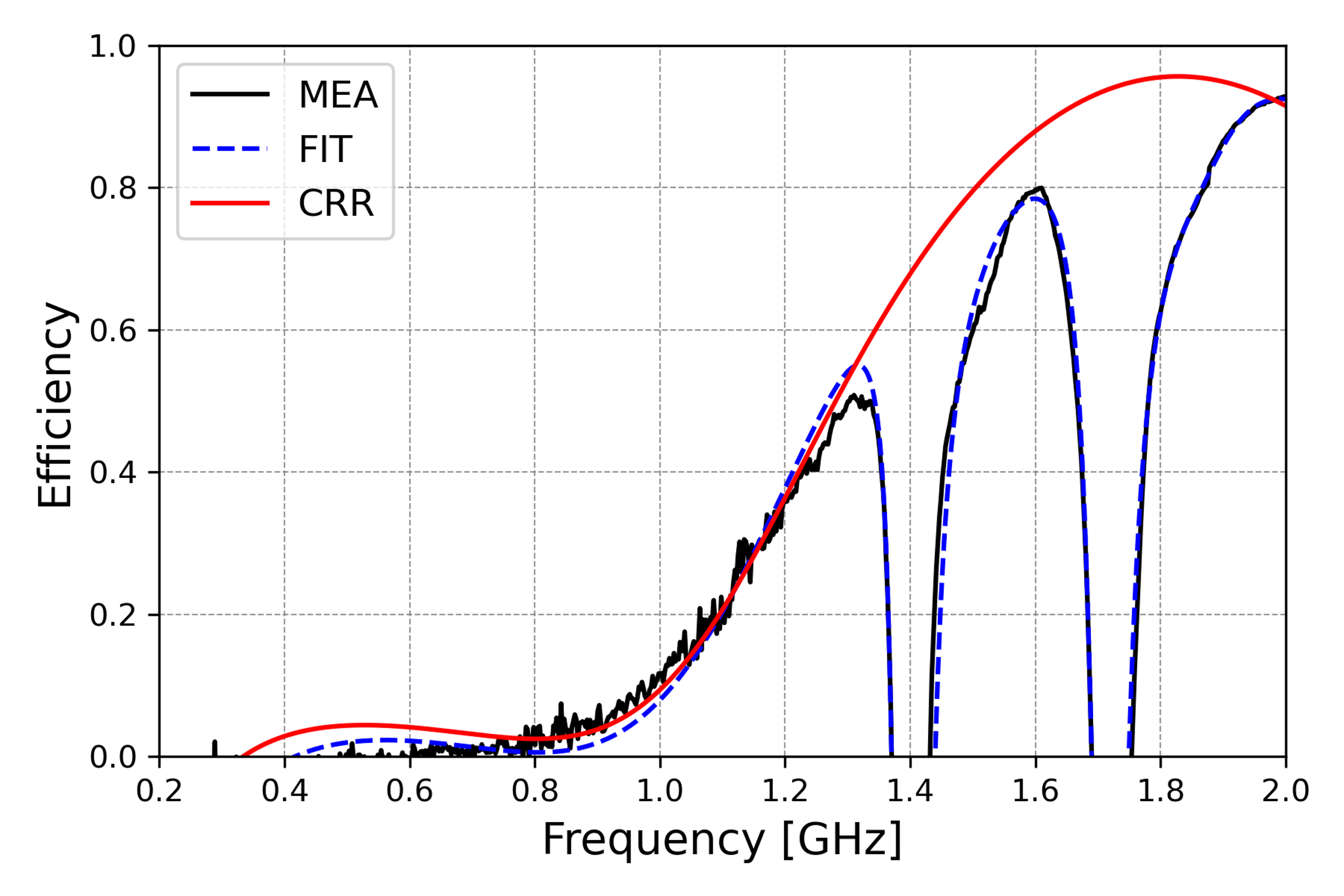
after cavity resonance removal
(Inverted-F antenna)